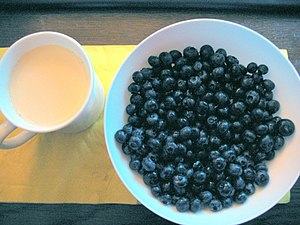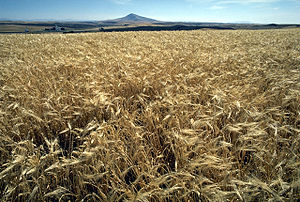The Round Table on Responsible Soy Association (RTRS) will convene its International Forum on Responsible Development of the Soybean industry, in Beijing, China, today, under the theme "Building Global Bridges for Responsible Soy." Co-hosted by the China Soybean Industry Association (CSIA), the conference is the RTRS' 8th annual conference, and the first held by the association in the Asia-Pacific.
"We are honoured to co-host the first RTRS conference in China," said Agustin Mascotena RTRS CEO. "As the global leader on responsible soy, the RTRS welcomes the opportunity to convene a dialogue on the solutions offered by responsible soy with companies that produce trade and buy soy in Asia. RTRS soy benefits the environment, workers, and communities and helps companies guarantee a long-term sustainable supply of responsible soy into the future."
While the purpose of the RTRS conference is to share knowledge and dialogue about responsible soy between all countries and regions where soy is produced and consumed, the programme has a special focus on China as the world's biggest market for imported soy as well as a major producer.
Soy production, especially in South America, has been blamed for a number of issues including environmental degradation, social breakdown and worker exploitation. The RTRS was created to tackle these issues and transform the soy industry by creating demand for responsible soy in all stages of the supply chain.
"It's exciting to see the increase in demand for responsible soy among companies worldwide," said Mr. Mascotena. "Nearly 663,000 credits of RTRS certified soy have been sold since June 2011 - which is a great start. The Forum in China is an opportunity to build on this initial success and get more companies to join the RTRS, make commitments and take concrete action on the journey to responsible soy. "
The RTRS membership includes large soy producers as well as small farmers from South America, India and China. Major global traders like Wilmar, Cargill, Bunge and ADM are also members, as well as consumer brands like Unilever and Nestlé, global retailers including Carrefour and Marks & Spencer, NGOs including WWF, The Nature Conservancy and Solidaridad, and financial institutions including Rabobank and the International Finance Corporation (IFC). Many of these companies and organizations will take place in the RTRS Forum in China, making it a truly global event.
The Consumer Goods Forum (CGF), a global industry network of over 400 retailers, manufacturers, and service providers across 70 countries, has recently endorsed the RTRS in its Sustainability Activation Toolkit, which contains guidance for companies on how to achieve sustainable supply chains.
 |
| soy milk and blueberries (Photo credit: Wikipedia) |







